Are you looking for an experienced and professional dog trainer to help get your pup under control? Professional dog trainers are experienced in working with dogs – from puppies to stubborn adults, chihuahuas, and golden retrievers.
But how do you find one that best suits your needs? In this blog post, we’ll discuss the qualifications of a good dog trainer, well-known trainers, their techniques, and tips on choosing the right one for you and your pet.
Key Takeaways
- Qualified and experienced dog trainers know canine behavior and understand how to motivate dogs with positive reinforcement techniques.
- Famous dog trainers’ distinctive training methods include Cesar Millan’s “Pack Leadership,” Victoria Stilwell’s Positive Reinforcement, Zak George’s Modern Science-based techniques, and Karen Pryor’s Clicker Training technique.
- When looking for a top trainer, research background information online and don’t be afraid to ask any questions – you need to be assured they follow humane practices around training your pup effectively.
- Tailoring each session according to the pup’s needs will help build trusting relationships between owner/coach & pet through successful reward systems built on mutual respect.
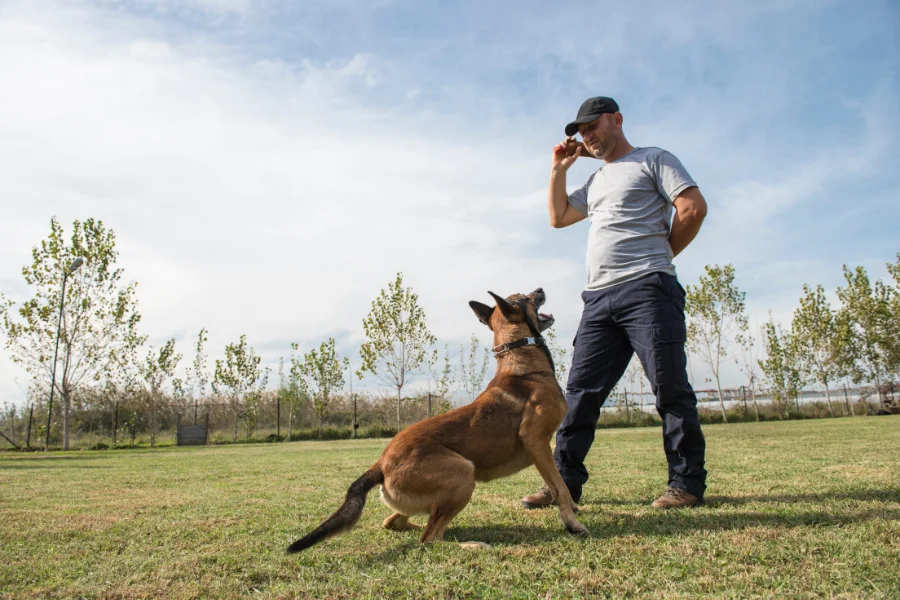
Qualities Of Top Dog Trainers
Highly-skilled dog trainers possess knowledge and experience, an understanding of canine behavior, and the ability to tailor training techniques for individual pups using positive reinforcement.
Knowledge And Experience
The best dog trainers have a combination of experience and knowledge in canine behavior. Experienced dog trainers understand how a dog learns and what motivates them and contribute to bad habits or behaviors that need modification.
They also know how to design programs tailored to each dog’s needs. Knowledgeable trainers may be certified by organizations like the Association of Professional Dog Trainers (APDT) or accredited through courses like The Academy for Dog Trainers or the Karen Pryor Clicker Training program.
This specialist training gives an added edge when it comes to understanding why dogs do certain things and how this affects their training and well-being throughout life.
Use Of Positive Reinforcement Techniques
Positive reinforcement is one of the most popular techniques in dog training because it encourages desired behaviors without any punishing or negative repercussions. This technique involves giving a reward, such as treats, praise, toys, etc., to reinforce good behavior and encourage future desirable actions from a dog.
Research suggests positive reinforcement is more successful than punishment-based methods at teaching your pup newfound skills. With this approach, owners can help build a stronger bond between themselves and their pets while motivating their pup’s development.
Positive reinforcement teaches dogs what to do rather than punish bad behaviors, which may have confusing long-term effects on their well-being — leaving them wary around you or others in the family.
Excellent Communication Skills
For dog trainers, having excellent communication skills is essential. A professional dog trainer works with dogs and people, making clear verbal and nonverbal communication crucial for successful training — it’s not just about how you talk to the pup! Clear communication helps develop a trusting relationship between the trainer, dog, and owner, creating an environment where everyone understands each other better.
Good communicative ability means that trainers must understand the body language of both canines and humans to give appropriate feedback — adapting their tone and vocabulary when speaking to different individuals or dogs is vital.
Furthermore, effective listening skills are also important for gathering information from owners about their pet’s character, as this will help inform approaches taken during training sessions.
On top of that, experienced instructors have knowledge of terminology related to behavioral issues so that they can provide better solutions during consultations and classes with clients.
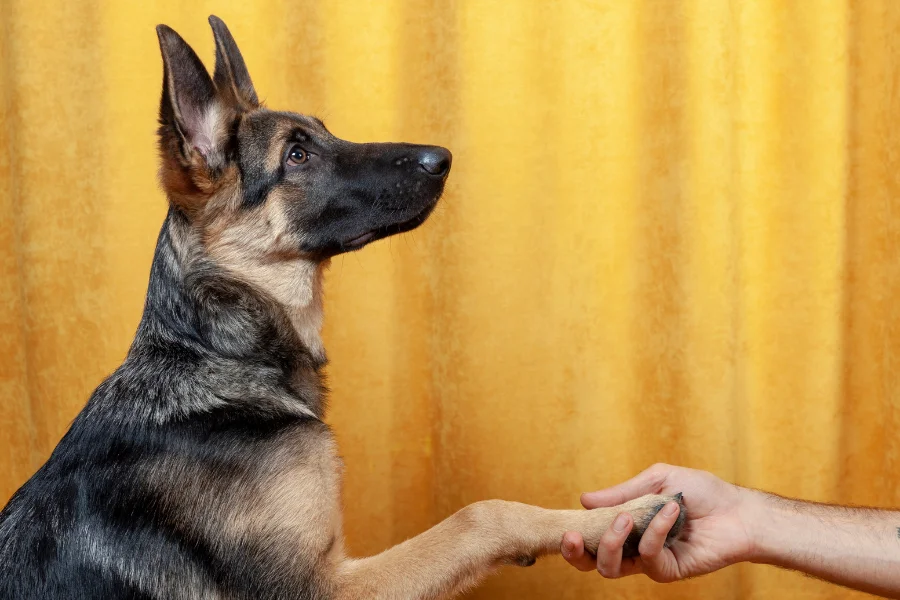
Understanding Of Canine Behavior
Top dog trainers must have a deep understanding of canine behavior to be successful in positively influencing their dogs. This understanding enables them to understand why dogs exhibit certain behaviors and how best to resolve these problems and prevent future issues from arising.
With an intimate knowledge of typical behaviors, top dog trainers can anticipate common behavioral issues that dog owners may encounter, such as aggression towards other animals, destructive chewing, or jumping on others.
As a result, they can take the necessary steps while training their pets so that undesirable behaviors don’t manifest themselves later in life.
Moreover, being acutely aware of what motivates individual dogs is another important factor for top trainers – for instance, some like working for treats while others come alive when praised by humans with whom they share strong bonds; furthermore, each pup has its unique personality which needs to be taken into consideration before any training begins.
Ability To Tailor Training For Individual Dogs
Tailoring training to an individual dog’s needs is essential for establishing a successful and meaningful relationship between the animal and its owner. No two dogs are exactly alike, so each animal must be respected as a unique individual with its learning style and special characteristics.
Top dog trainers have developed methods that help them assess canine personalities while they observe behaviors to adapt the training plan in the future accurately.
At K9 Kamp Dog Training in Atlanta, GA., one of their main goals is to create tailored programs depending on the pet’s needs and availability from its owner. Through patient observation during classes or private lessons, coaches identify what can be improved with particular puppies or adult dogs: anxiety/reactivity control for some breed-related characters like Jack Russell Terriers or German Shepherds; shyness around new people situations; basic manners like loose leash walking etiquette or repetitive reactivity at people passing by; puppy confidence building games (or even daily activities); exotic tricks beyond agility routines usually seen at competitions, etc.
All these examples demonstrate why tailoring training sessions in accordance with each dog is essential.
Top Dog Trainers And Their Techniques
Some of the most well-known dog trainers and their training techniques include Cesar Millan, who uses a “Pack Leadership” approach; Victoria Stilwell, who employs Positive Reinforcement methods; Zak George and his Modern, Science-based Training technique; Brandon McMillan’s “Hybrid Training” method; and Karen Pryor’s beloved “Clicker Training” technique.
Cesar Millan And His “Pack Leadership” Approach
Cesar Millan is a widely-recognized dog trainer and TV personality. He gained fame after his show, Dog Whisperer with Cesar Millan, was aired in 2004. His philosophy revolves around “pack leadership” – treating dogs as family members while setting rules and boundaries that follow natural canine behavior patterns.
Millan also advocates positive reinforcement rather than punishment-based training methods, claiming that pushing down a dominant or confident doge can lead to aggressive or fearful responses instead of cooperation.
Despite criticism from animal rights activists against his use of controversial corrections such as alpha rolls and scruff shakes, there has been evidence to support the effectiveness of his approach on even severely maladjusted dogs who may otherwise prove too difficult for traditional obedience training methods.
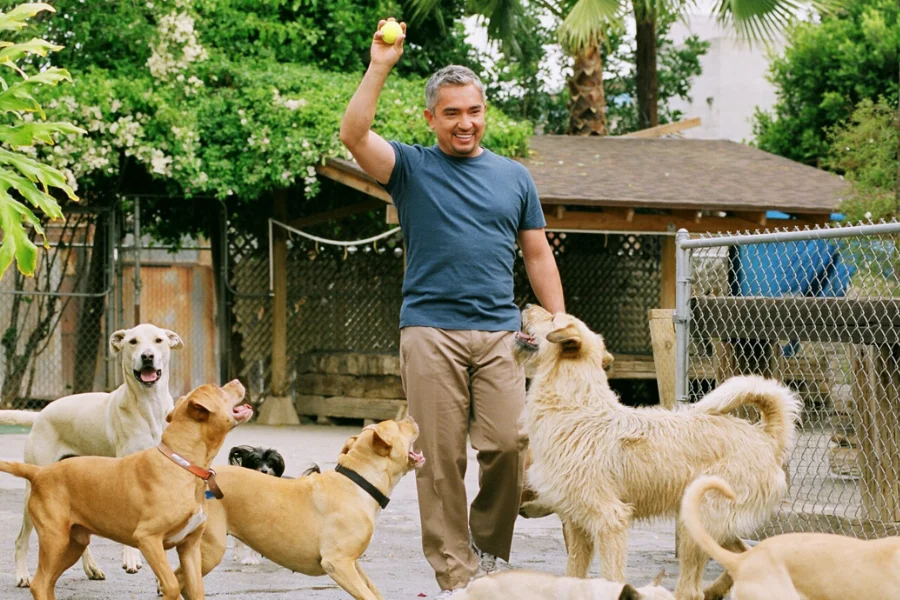
Victoria Stilwell And Her “Positive Reinforcement” Technique
Victoria Stilwell is a well-known veterinarian, television personality, and celebrity dog trainer. She has been featured on Animal Planet’s “It’s Me or the Dog” TV show and is a strong proponent of positive reinforcement-based tools and methods for dog training.
Positive reinforcement training uses reward-based strategies such as verbal praise, toys, or treats to encourage desirable behaviors in dogs.
The main benefit of this approach is that it builds trust with your pup while reinforcing their desired behavior at the same time. The rewards create a sense of joy for your pet, encouraging them to repeat that behavior in the future.
Stilwell also utilizes several other specific positive reinforcement techniques such as ‘tailored returns’ (the act of using prizes proportionate to the task) & intermittent rewarding systems allowing for on-off snacks based depending on the difficulty level while still providing enthusiasm & encouragement throughout tasks undertaken by both person/canine team members during an exercise routine undertaken by either one alone as part within larger shaping projects shared between both participants.
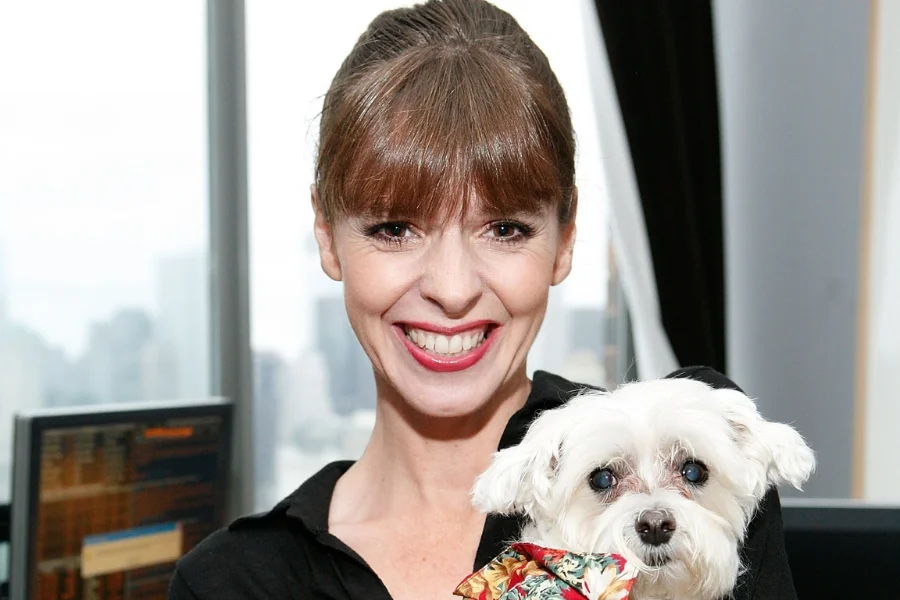
Zak George And His “Modern, Science-based Training” Technique
Zak George is a world-renowned and experienced dog trainer known for his modern, science-based approach to training. His technique uses positive reinforcement to reinforce desired dog behaviors while gently discouraging those deemed “unacceptable” or destructive.
Some key principles utilized in the Modern Science-Based Training technique include teaching an acceptable behavior before trying to dismiss an unwanted one, breaking down exercises into small achievable goals for both long and short-term success, encouraging mentally stimulating activities such as nose work and agility/rally classes tailored towards each specific dog’s ability level, avoiding punishment altogether or using it as a last resort when all other options have been exhausted.
George stresses that “the essence of any good relationship between people—or animals—is trust”; therefore, training sessions should be focused on creating mutual respect between handler and pet through reward systems, including verbal praise and food treats whenever appropriate.
Zak also advocates using interactive toys during playtimes (including feeding times) to stimulate mental engagement and gain more intelligence from their furry friends at home.
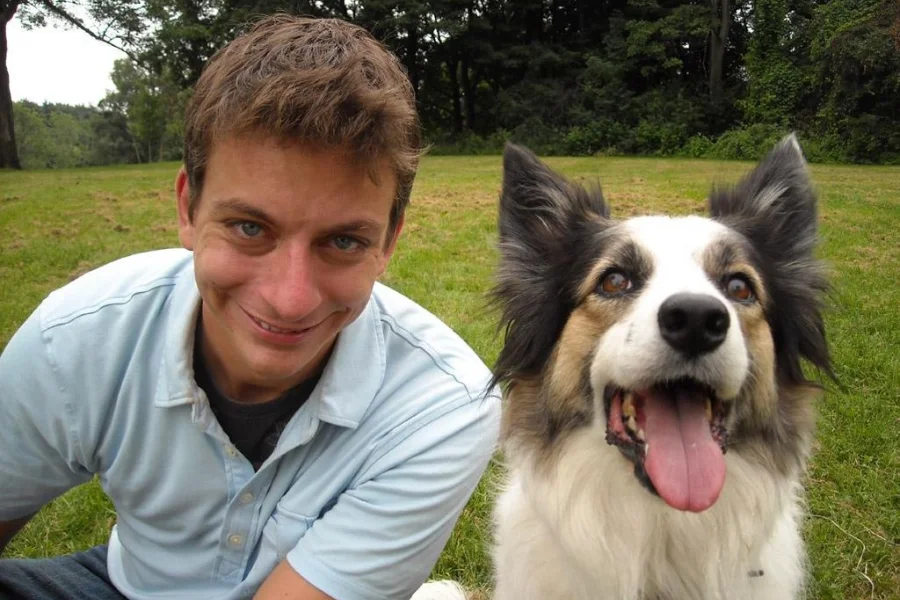
Brandon McMillan And His “Hybrid Training” Technique
Brandon McMillan is a renowned dog trainer who developed his special approach to training dogs. His unique “Hybrid Training” method was created during childhood and has since been used by many professional trainers worldwide.
It combines traditional and contemporary techniques to create an effective and holistic system for managing and controlling your pet’s behavior. This integrated approach allows McMillan’s training style to be tailored specifically to individual canine personalities while maintaining consistency within one trainee-trainer relationship.
The Hybrid Training technique allows owners to learn all aspects of working with their doggo—from body language cues, vocal commands, basic obedience skills, nutrition education, physical exercise programs, as well as problem behaviors such as aggression or hyperactivity across a variety of situations—all without ever resorting to cruel punishment methods or invasive devices.
Additionally, numerous certifications have been offered through McMillan’s hybrid system, making it ideal for those seeking therapy dogs or looking into fields such as competitive sports or service work that require an increased skill level from canines.
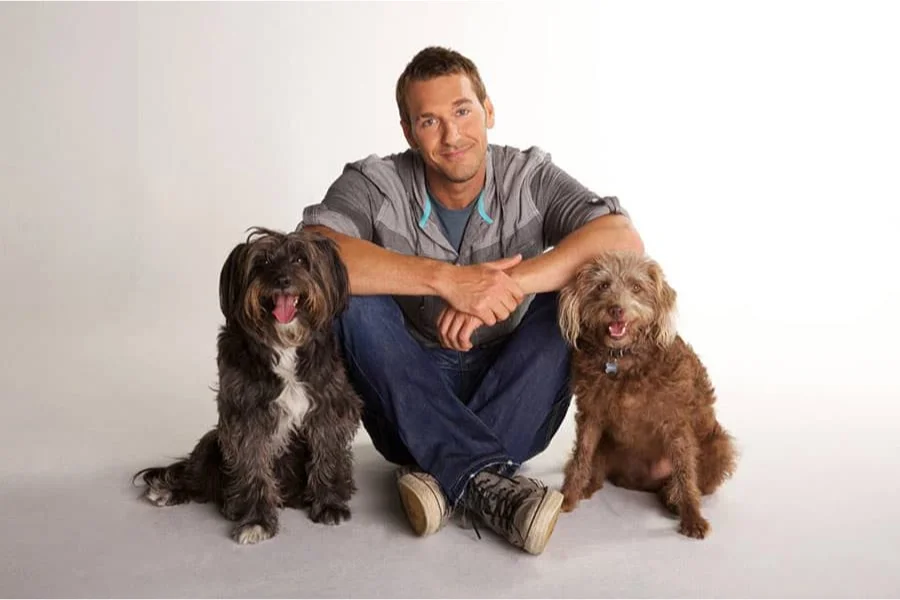
Karen Pryor And Her “Clicker Training” Technique
Karen Pryor is a leader in animal training, and her “clicker training” technique has revolutionized how dogs are trained. Clicker Training relies on understanding how dogs learn, dog psychology, and principles like operant conditioning and classical conditioning.
The clicker replaces verbal commands as a form of communication to tell your pet when they have done something that deserves reward or praise; this helps create efficient communication that leads to faster, more successful results than many other traditional dog training methods.
The primary advantages afforded by Karen Pryor’s clicker training method include its effectiveness in reinforcing positive behaviors quickly and easily while increasing your bond with your pet through clear communication signals at any distance.
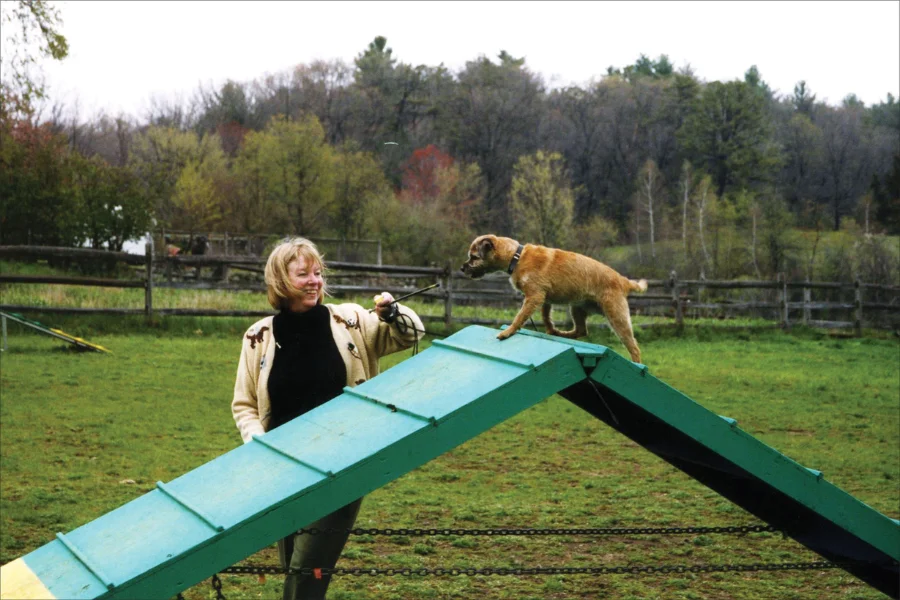
How To Choose The Best Dog Trainer For Your Pet
Choosing the right dog trainer is a crucial step on your journey to developing a happy and healthy relationship with your pet. Several important factors should be considered to find the best fit for you and your pup.
The first item of importance to address is qualifications; look for professional certifications such as CTC (Certified Trick Canine), KPA CTP (Karen Pryor Academy Certified Training Partner), VSA-CDT (Victoria Stilwell Professional Dog Trainer or Victoria Stilwell Approved CDT), VSPDT (Victoria Stillwell Positive Dog Trainers Association), or PMCT (Pat Miller Certified Trainer).
Qualified trainers possess skillsets and information from hours of hard work that can be invaluable when training your pup properly. When researching potential candidates further, determine if they take continuing education opportunities seriously, such as conferences, seminars about animal behavior, reading academic journals, etc. Compassion towards both owner and pet is another detail to keep an eye out for — someone who truly cares about providing positive reinforcement in training will display living proof in their practice by ensuring all parties involved remain comfortable when working together.
Once you have identified qualified professionals, it’s time to assess technique: You must make yourself familiar with different types of training methods available so you can choose which one works best for you and your furry friend – look out particularly methodologies based on science like clicker training devised by Karen Pryor or Zak George’s modern science-based approach compared traditional approaches known under names Pack Leadership used by Cesar Millan or Brandon McMillan’s Hybrid techniques which used mix techniques seen through popular media shows like The Dog Whisperer blending elements of positives reinforcement but having strong focus obedience not necessarily resembling reward based system exclusively How do owners go about doing this? Ask questions! Sample inquiry should include inquiries to seeking clarity around how regular group classes differ from private sessions tailored uniquely to every dog depending on needs considering breed/age/prioritization given during appointment any topics covered better suited distracting environment example, dogs daycare facility versus grooming salon prove an opportunity to experience long including challenging behavioral problems aggression reactive puppies human relations activities customers worth recommending manner think ‘asks.
Conclusion
Finding the best dog trainer for your pet is one of the most important decisions you can make as a dog owner. A qualified and experienced trainer, who understands canine behavior and uses positive reinforcement techniques, can help ensure your pet is well-behaved, obedient, and happy.
Investing in professional training will also prevent potential damage or injury related to an untrained or aggressive dog. It’s important to note that anyone can call themselves a “dog trainer” even if they lack the proper qualifications – so be sure to research their background before hiring them.
